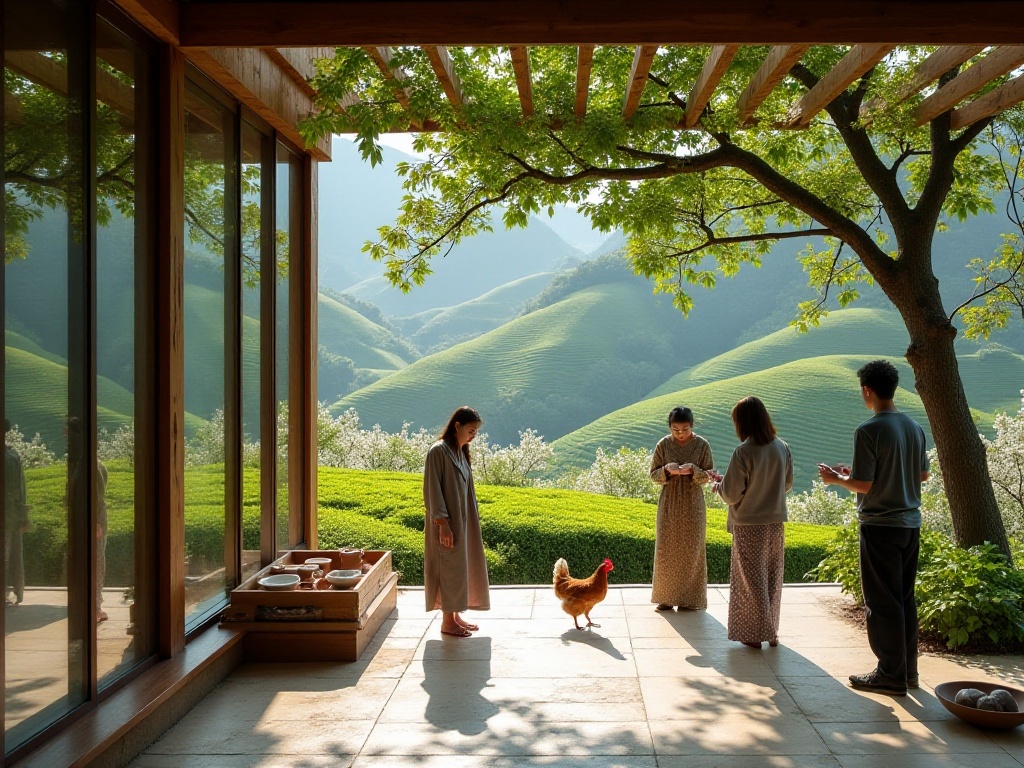
Opening Thoughts
To be honest, in recent years I've traveled throughout China's vast territory, seeing all kinds of rural landscapes, and I was truly amazed. Rural tourism nowadays is incredibly interesting, completely overturning my stereotypical impression of farmhouse entertainment. I'm not exaggerating - there are now countless ways to experience rural tourism, and each one is irresistible.
I remember when I was young, visiting the countryside meant either looking at vegetable gardens or going fishing, at most picking fruits in orchards. But now it's completely different - rural tourism is like a giant treasure chest, opening it reveals countless surprises. My most recent trip to the countryside was last month, when I stayed for a week in a small mountain village in Zhejiang. The experience was absolutely incredible, and after returning I couldn't wait to share my rural tourism experiences from across the country over these years.
What is Rural Tourism
When it comes to rural tourism, I should first explain what it actually is. Don't underestimate this question - it's not as simple as just going to the countryside for a farm-style meal or staying at a farmhouse. Look at how the EU and OECD gave it a super open definition in 1994: any tourism that takes place in rural areas counts as rural tourism. This simple definition gave rural tourism unlimited possibilities, allowing it to develop freely and embrace everything.
Domestic experts and scholars have an even deeper understanding of rural tourism. They believe rural tourism should be a comprehensive experience. Think about it - you can not only see how farmers grow crops and raise livestock, but also experience their daily lives and appreciate rural natural scenery. Even better, you can participate in various interesting activities, such as farming experiences, cultural learning, leisure entertainment, and even buy unique agricultural products.
Rural tourism has now developed into an incredibly rich industry. It not only preserves traditional agricultural characteristics but also incorporates modern elements. Some places perfectly combine ancient farming culture with modern technology, some transform traditional dwellings into popular homestays, and others develop unique cultural experience projects. These innovations have made rural tourism more interesting and profound.
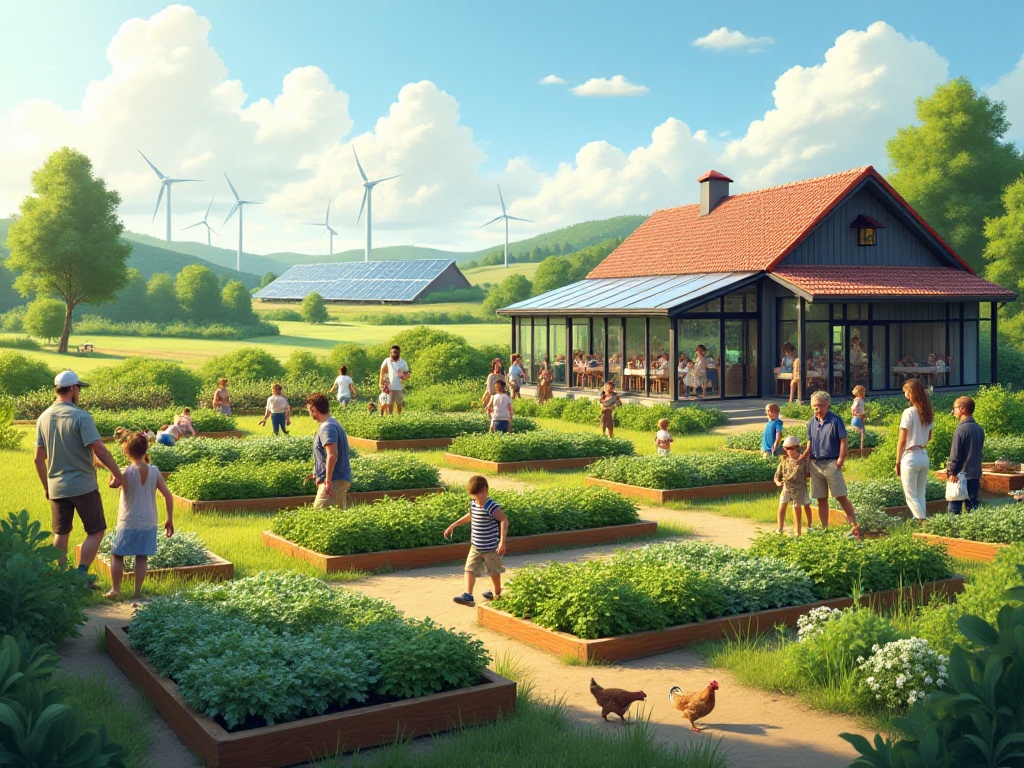
Northern Farms
Speaking of rural tourism in the North, I love the northeastern farms the most. That place is truly a treasure, especially in winter. Last winter I stayed at a farm in Heilongjiang for an entire week, and the experience was amazing! Can you imagine what it feels like to wake up in a snow-covered farm in the morning? Opening the window, breathing in the cold fresh air, with vast fields and forests in the distance, and nearby farm chimneys emitting wisps of smoke.
The most attractive thing about northeastern farms is how they perfectly preserve the most authentic northeastern characteristics. For example, at the farm where I stayed, the host family preserved their ancestral brewing techniques. One morning, the farm owner specially taught us how to make northeastern soybean paste - all handmade! From ingredient selection to fermentation, every step was particular. During the process, the host told us many stories about northeastern soybean paste, such as why northeastern people can't live without it and its important role in northeastern life.
Today's northeastern farms offer more than just these traditional projects - innovative projects are constantly emerging. For instance, the farm I visited offered northeastern folk culture classes. You can learn how to make dumplings with the farm owner, experiencing every step from kneading dough to preparing filling to wrapping. In winter, you can learn paper-cutting for windows, which is an intangible cultural heritage! The most interesting is making sugar figurines - watching the farm owner skillfully scoop up hot syrup with a spoon and create a lifelike little animal in no time, it's truly artistry!
The farm's food is unforgettable. Northeastern specialties like sweet and sour pork, three fresh vegetables, and braised chicken with mushrooms are all carefully prepared by the farm owner. Most surprisingly, the ingredients for these dishes are all organic vegetables grown on the farm and free-range poultry. In the evening, everyone sits around the heated kang bed, eating steaming dumplings while listening to the farm owner tell northeastern folk stories - that kind of warmth and happiness is rare in city life.
Data shows that rural tourism income in the Northeast region increased by 35% year-on-year in 2024, and this growth rate didn't come from nowhere. Today's northeastern farms are not only constantly upgrading their hardware facilities but also becoming increasingly professional in service concepts. Many farms are beginning to focus on personalized service, offering different experience projects according to different seasons. For example, you can experience planting in spring, harvesting in summer and autumn, and ice and snow activities in winter.
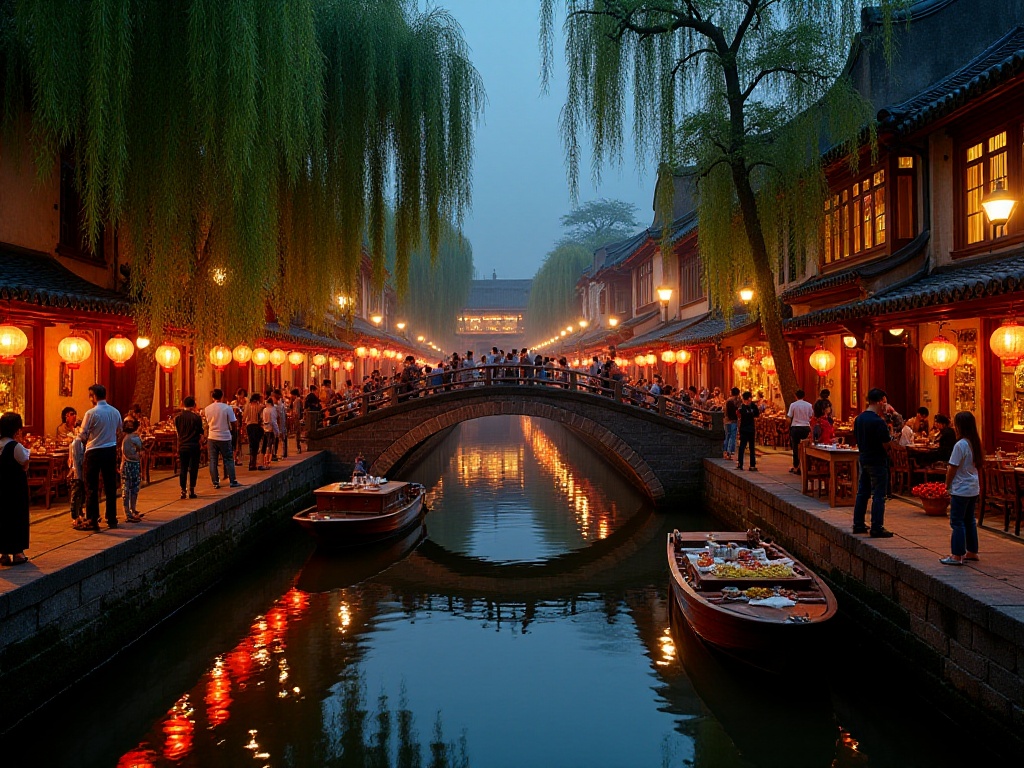
Jiangnan Waterways
Speaking of the most stunning rural tourism experiences, the Jiangnan waterways definitely top the list. Today's Jiangnan waterways are no longer simply "small bridges, flowing water, and households," but rather a cultural experience destination full of vitality and creativity. The ancient village I visited in Zhejiang was literally a living piece of art. There, centuries-old houses were transformed into creative markets while perfectly preserving the buildings' ancient charm.
There, I met a particularly innovative post-90s young woman. She gave up a high-paying job in the big city to return home and start a business, converting her family's ancestral home into a tea house with distinct Jiangnan flavor. This tea house not only preserved the architectural features of the old house but also incorporated modern design elements. Push open the carved wooden door and walk into the quiet courtyard, you'll find every corner has been carefully arranged. The pool of living water in the courtyard, bamboo loungers in the corridor, and potted bamboo in the corner all reveal the poetic nature of Jiangnan.
Most impressive is this tea house's innovative services. Besides traditional tea ceremony experiences, she also offers tea art courses, teaching visitors how to taste and identify tea. Every weekend, the tea house hosts "tea talks," inviting local cultural figures to tell stories about Jiangnan's history. Sometimes they also hold handicraft workshops, teaching visitors how to make traditional Jiangnan snacks like green rice balls and mugwort cakes.
Data shows that the number of homestays in the Jiangsu-Zhejiang-Shanghai region increased by 50% in 2024 compared to 2023, with 80% concentrated in characteristic rural areas. What does this indicate? It shows that today's tourists are no longer satisfied with simple sightseeing but crave deeper cultural experiences. Jiangnan waterway homestays are constantly innovating - some have converted old houses into bookstore homestays, some have opened handicraft workshops, and some have even established artist-in-residence programs.
The waterways' food culture is also a highlight. Today's waterway homestays not only offer traditional local dishes but also introduce innovative dishes according to the seasons. For example, at the homestay I visited, the owner was a food expert who created new-style Jiangnan dishes using local ingredients. I remember a dish called "pre-rain bamboo shoots stir-fried with cured meat," using bamboo shoots from their own bamboo grove paired with homemade cured meat - simple ingredients cooked into an unforgettable delicacy.
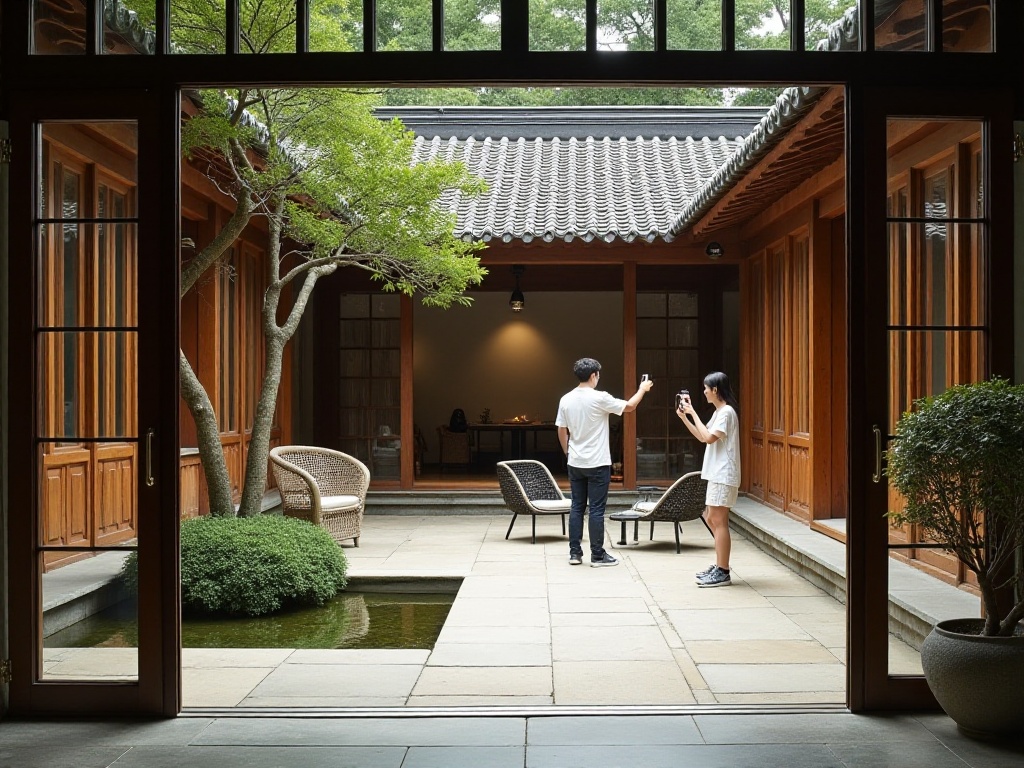
Western Ranches
Speaking of rural tourism in the West, it truly opens one's eyes. Last summer, I stayed at a ranch in Qinghai for several days, and everything there amazed me. Modern ranch tourism is no longer just about watching sheep herds and drinking milk tea - it has incorporated many high-tech elements, making the entire experience more diverse and colorful.
Can you imagine experiencing VR equipment on a ranch? Yes, ranches have become this advanced! Through VR equipment, tourists can immersively experience herders' daily lives, such as herding, milking, and sheep shearing. This immersive experience lets city dwellers truly understand what herders' lives are like. Moreover, the ranch is equipped with an intelligent guide system - tourists can learn about grassland culture, identify grassland plants, and even track yak movement patterns through a mobile app.
Most memorable was the ranch's nightlife. In the evening, herders would set up projectors in tents to show documentaries about grassland culture. Sometimes they would invite folk artists to perform Reba dance and sing folk songs. Under the starry sky, around the bonfire, listening to moving grassland ballads - that feeling is truly hard to describe in words.
Statistics show that Qinghai Province's ranch tourism received over 5 million visitors in 2024, a 40% increase from 2023. Behind this growth is the constant innovation in ranch tourism. Many ranches have begun offering special projects like grassland yoga, stargazing photography, and luxury camping. These novel projects have attracted many young tourists.
Ranch cuisine is also a major feature. Today's ranches not only offer traditional Qinghai food but also innovate according to visitors' tastes. For example, at the ranch I visited, the owner made burgers with yak meat and ice cream with butter tea - these innovative attempts have received positive reviews from tourists.
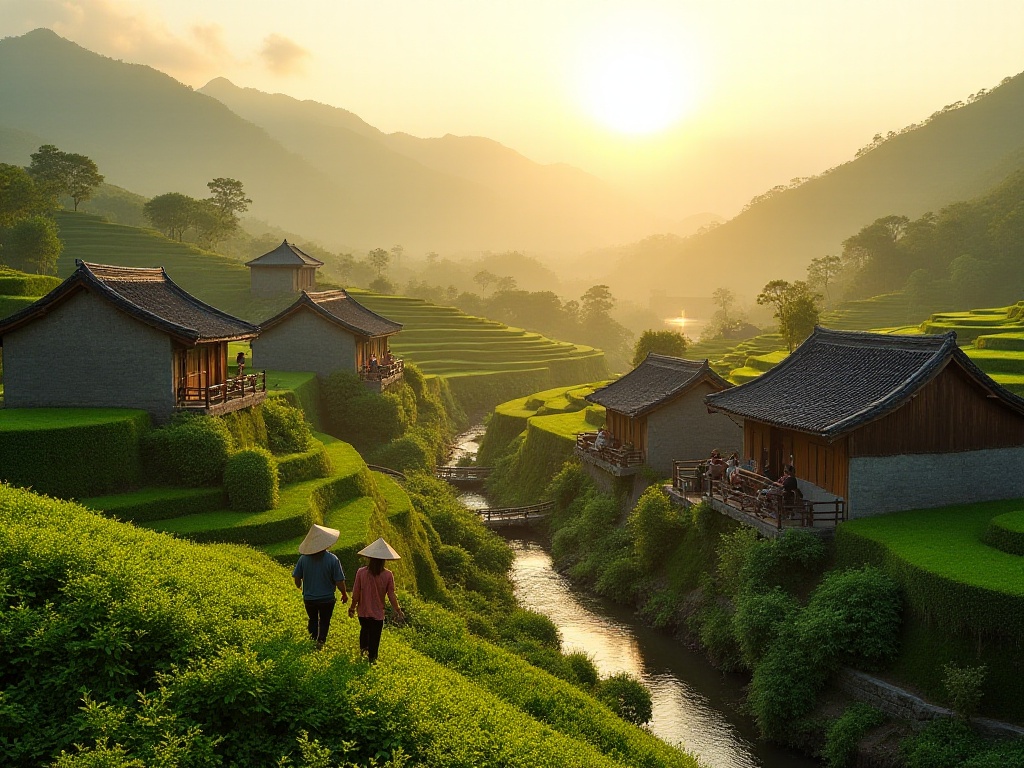
Southern Mountain Villages
In the past two years, rural tourism in southern mountain villages has become incredibly popular. Especially some mountain villages in Guangdong and Fujian, they've perfectly combined traditional Hakka culture and tea culture with modern tourism, creating unique tourism experiences. The Fujian mountain village I visited was literally a living cultural museum. It not only completely preserved traditional tulou architecture but also developed a series of characteristic cultural experience projects.
Tulou, these building complexes listed as UNESCO World Heritage sites, are no longer just tourist attractions. Many tulou have been converted into characteristic homestays while preserving the most authentic Hakka lifestyle. Living in a tulou, you can experience the natural ventilation and lighting brought by unique architectural structures, feeling the living wisdom of Hakka people.
Most excitingly, young people here are starting to return home to start businesses, combining rural tourism with the internet economy. Through live streaming platforms, they sell local agricultural products like tea, dried bean curd, and pickled vegetables nationwide. Some young people have also developed tea art experience courses, teaching visitors to identify and brew tea, understanding tea culture. Statistics show that Fujian Province's rural live streaming sales reached 10 billion yuan in 2024, helping over 30,000 rural households increase their income.
Mountain village food culture is also a highlight. Hakka cuisine attracts tourists with its unique cooking methods and strong rural flavor. Today's mountain villages not only offer traditional Hakka food but also provide cooking classes, teaching visitors how to make Hakka dishes. For example, salt-baked chicken, stuffed tofu, and preserved vegetable pork - each dish carries profound cultural connotations.
Most interestingly, these mountain villages have also developed many characteristic experience projects. For example, following villagers up the mountain to pick tea and experiencing the entire tea-making process; or participating in traditional Hakka festival celebrations, experiencing unique folk culture. Some villages have even opened handicraft workshops, teaching visitors to make traditional Hakka floral cloth, bamboo weaving, and other handicrafts.
Future Outlook
After seeing so many types of rural tourism, don't you also feel that rural tourism is completely different now? It's developing towards a more quality and meaningful direction. From initial farmhouse entertainment to today's creative homestays, technological experiences, and cultural inheritance, rural tourism's content is becoming increasingly rich and diverse in form.
According to Ministry of Culture and Tourism statistics, national rural tourism total revenue exceeded 2 trillion yuan in 2024, a year-on-year increase of 45%. Behind this amazing number is the transformation and upgrade of countless rural areas, the innovation and entrepreneurship of countless returning youth, and the perfect fusion of traditional culture with modern elements. Rural tourism has not only driven farmers' income increase and promoted rural revitalization but also provided urban residents with an excellent place to return to nature and experience life.
Today's rural tourism has formed a diversified development pattern. Whether it's northeastern farms, Jiangnan waterways, western ranches, or southern mountain villages, each place has its own characteristics and highlights. This diversity not only meets different tourists' needs but also provides more possibilities for sustainable development of rural tourism.
So here's the question - which type of rural tourism would you like to experience next weekend? Would you like to experience farming culture at a northern farm, feel the slow life in Jiangnan waterways, or appreciate grassland scenery at a western ranch? Whatever you choose, it will surely bring you a unique and unforgettable experience.
Next
Hidden Gems in Rural Vietnam: Rediscovering Serenity Post-Pandemic
As the world emerges from the cocoon of lockdowns, Vietnam's countryside unfurls its wings, revealing a kaleidoscope of hidden treasures. The pandemic's pause has birthed a new era of travel, one that whispers of untrodden paths and authentic encounters. Rural Vietnam, once the backdrop to frenetic city escapes, now takes center stage in a renaissance of rustic allure.
In-Depth Exploration: 10 Hidden Rural Tourism Destinations in Europe Worth Experiencing in 2024, Making Your Travel Unique
A comprehensive overview of global rural tourism destinations, featuring distinctive villages and countryside locations across Europe, North America, and Asia. Explores diverse accommodation options and outdoor activities from Serbia's Zlatibor to Hokkaido, Japan
The Ozark Mountains: A Forgotten Outdoor Paradise in South-Central USA, A Sanctuary Where City Dwellers Can Find Inner Peace
Explore diverse rural tourism destinations worldwide, featuring unique experiences from Native American culture in the US South to traditional villages in Eastern Europe and natural landscapes in Asia-Pacific, highlighting authentic cultural encounters and sustainable travel
Next
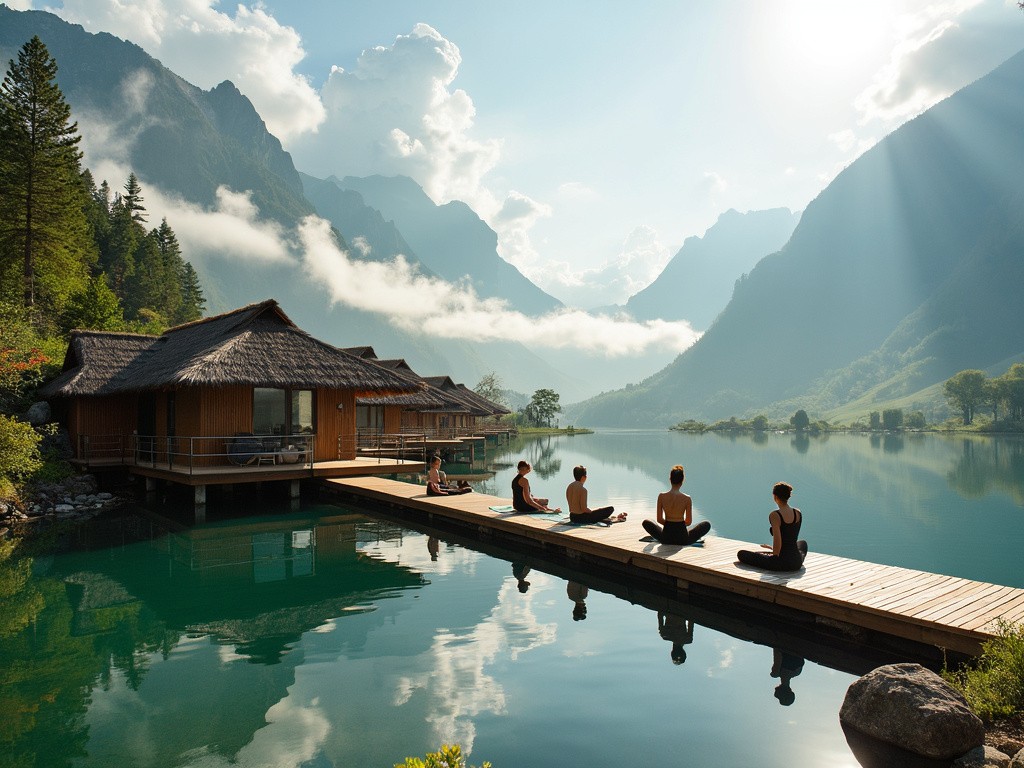
Hidden Gems in Rural Vietnam: Rediscovering Serenity Post-Pandemic
As the world emerges from the cocoon of lockdowns, Vietnam's countryside unfurls its wings, revealing a kaleidoscope of hidden treasures. The pandemic's pause has birthed a new era of travel, one that whispers of untrodden paths and authentic encounters. Rural Vietnam, once the backdrop to frenetic city escapes, now takes center stage in a renaissance of rustic allure.
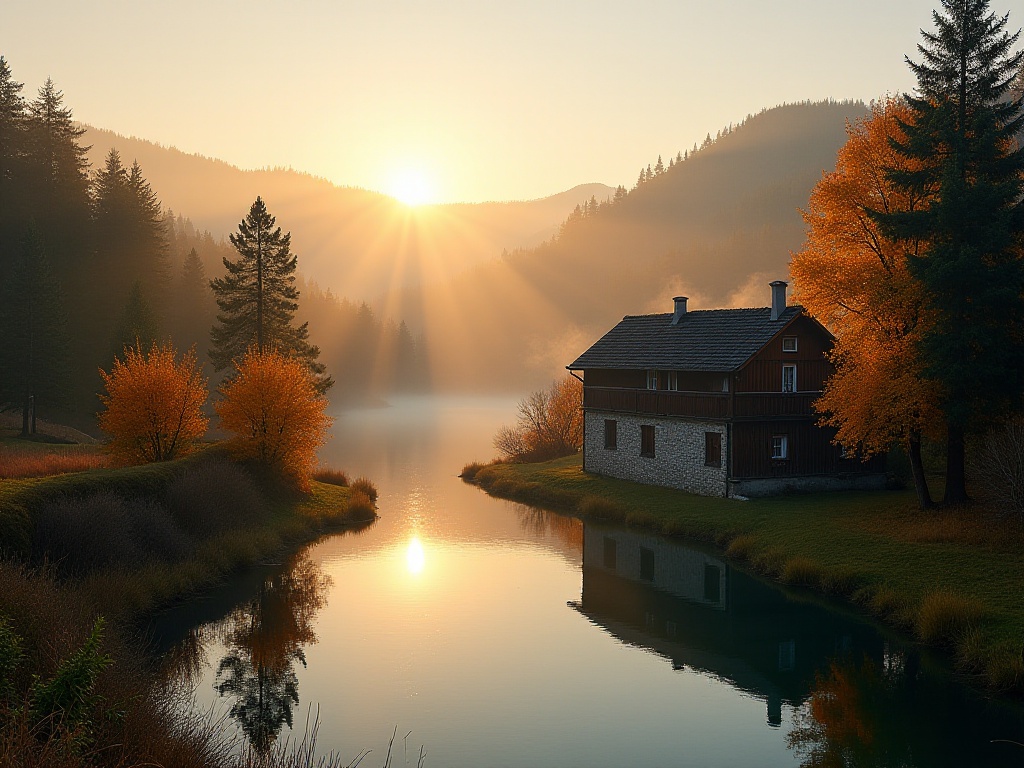
In-Depth Exploration: 10 Hidden Rural Tourism Destinations in Europe Worth Experiencing in 2024, Making Your Travel Unique
A comprehensive overview of global rural tourism destinations, featuring distinctive villages and countryside locations across Europe, North America, and Asia. Explores diverse accommodation options and outdoor activities from Serbia's Zlatibor to Hokkaido, Japan
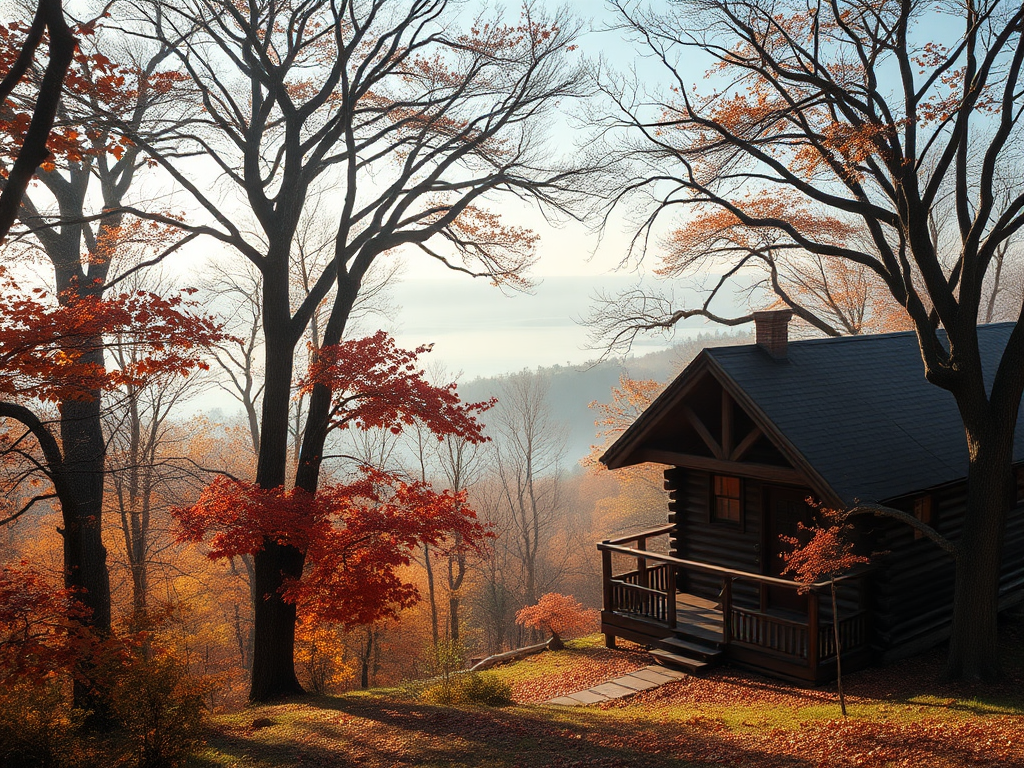
The Ozark Mountains: A Forgotten Outdoor Paradise in South-Central USA, A Sanctuary Where City Dwellers Can Find Inner Peace
Explore diverse rural tourism destinations worldwide, featuring unique experiences from Native American culture in the US South to traditional villages in Eastern Europe and natural landscapes in Asia-Pacific, highlighting authentic cultural encounters and sustainable travel

